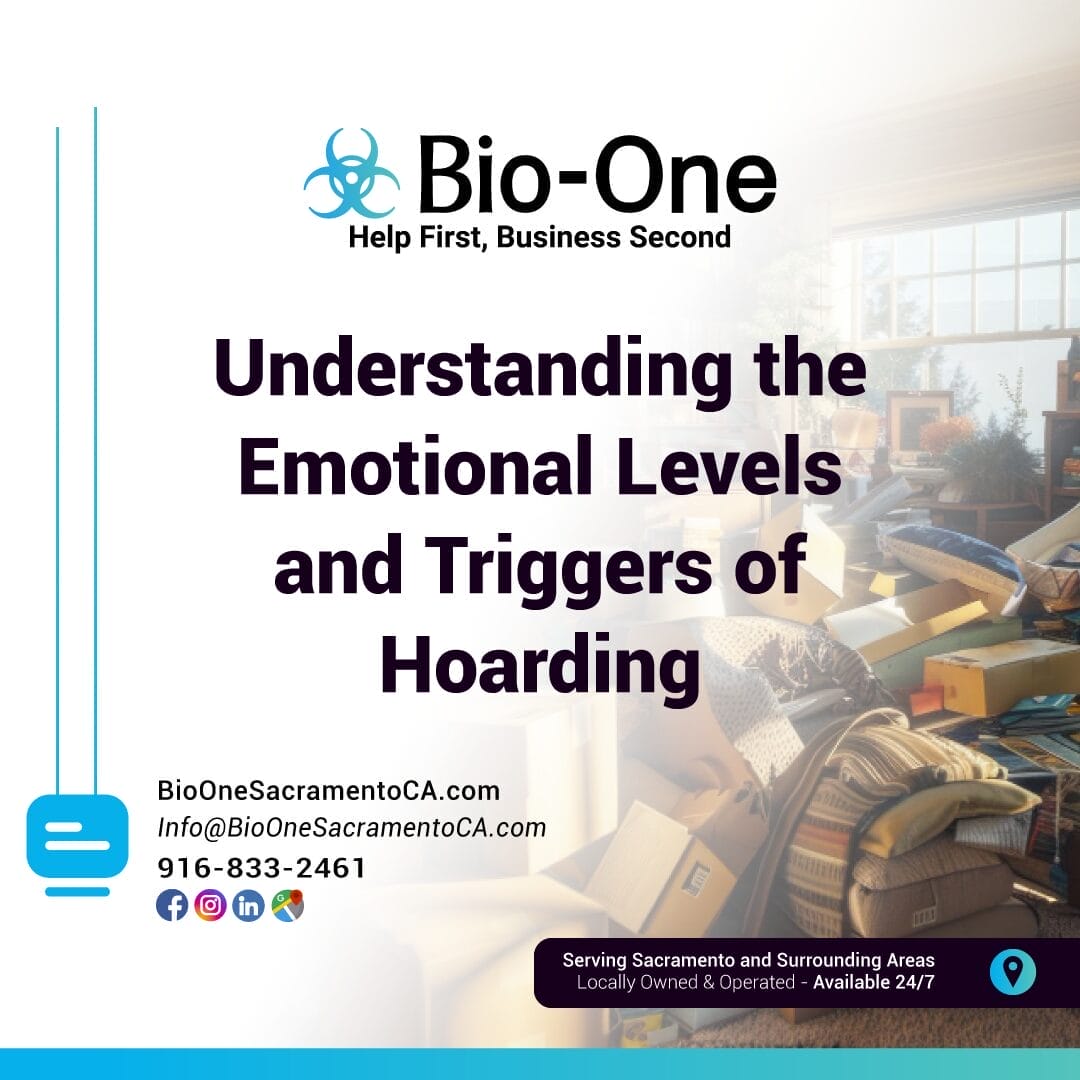
Hoarding is more than just clutter or disorganization—it’s a deeply emotional and often misunderstood condition. For many, it isn’t about the items themselves but rather the feelings and memories connected to them. Understanding the emotional triggers of hoarding, along with its layers, can be the first step toward offering compassion to those who struggle and fostering a real, palpable change. If you or a loved one is dealing with a hoarding scenario, this information will help you..
The Emotional Root of Hoarding
At its core, hoarding isn’t about being messy or unwilling to declutter. It’s a condition often tied to deep emotional distress. Most people form attachments to certain items: a family photo, a handwritten letter, or a souvenir from a cherished vacation. However, for someone with hoarding tendencies, this emotional attachment goes much deeper. Objects can become symbols of safety, comfort, or even identity.
For instance, someone might hold onto old clothes because they remind them of a time when they felt happier or more confident. Throwing away these items might feel like erasing a part of themselves. Over time, these emotional connections build up, making it increasingly difficult to part with possessions, even when the items are no longer functional or needed.
Triggers That Lead to Hoarding Behavior
To understand hoarding, we need to look at the emotional triggers that often fuel the behavior. These can vary from person to person, but common triggers include:
- Stress and Anxiety
High levels of stress and anxiety can heighten a person’s need for control or comfort, driving them to hold onto possessions. Items can act as a buffer, offering a sense of security in a chaotic world. - Trauma or Loss
A significant life event, such as the death of a loved one, divorce, or even financial hardship, can trigger hoarding. For some, holding onto items serves as a way to cope with grief or regain a sense of stability. - Fear of Scarcity
Many hoarders fear they might “need” an item someday, even if it has not been useful for years. This fear often stems from past experiences of deprivation or uncertainty, such as growing up in poverty or surviving a financial crisis. - Perfectionism
Hoarders often feel overwhelmed by the thought of organizing or discarding possessions. They may worry they’ll regret getting rid of something or fail at organizing “the right way.” This desire for perfection can lead to paralysis.
Emotional Responses to Hoarding
Living with hoarding can be emotionally exhausting—not just for the individuals but also for loved ones. Some common emotional responses include:
- Shame and Embarrassment
Many hoarders recognize their homes as unmanageable. They often struggle with deep feelings of shame, which might lead them to hide their condition from friends and family. - Overwhelm and Helplessness
Being surrounded by an excessive number of possessions can cause a constant sense of overwhelm. This can create a cycle where the individual avoids dealing with the issue, further reinforcing their behavior. - Hope and Possibility
Interestingly, hoarders often see potential in every possession. They might think, “I’ll fix this one day” or “This could be useful.” While hopeful thinking isn’t necessarily bad, it can prevent them from letting go.
Recognizing Emotional Triggers and Seeking Help
Addressing hoarding behavior requires more than just clearing out a space. It involves understanding and addressing the emotional triggers behind the behavior. If you or a loved one struggles with hoarding, here are some steps to take:
- Identify Triggers
Start by observing patterns. Is the urge to keep items stronger during stressful times? Does the idea of throwing something away cause feelings of fear or sadness? Recognizing these triggers can help in finding healthier ways to cope. - Seek Therapy
Counseling, especially cognitive-behavioral therapy (CBT), can be life-changing. A therapist can help uncover the emotional roots of hoarding and create strategies to manage those feelings. - Start Small
For someone with hoarding tendencies, the idea of clearing out a home can feel impossible. Instead, focus on one area, like a single drawer, shelf, or table. Small wins can build confidence and momentum. - Engage Support Systems
While professional help is crucial, having patient friends or family can make a huge difference. Avoid criticism, and instead, offer help with understanding and empathy. - Use Resources
There are resources designed for hoarders and their families, including online support groups and nonprofit organizations. Connecting with these communities can provide encouragement and practical advice.
Moving Forward with Compassion | Bio-One is Ready to Help.
Hoarding is rooted in human emotions like fear, hope, and love. It’s important to approach it with kindness rather than judgment. Change can happen with the right support, but it takes time and patience.
If you or someone you know is struggling to break free from the grip of hoarding, remember that you’re not alone. Bio-One of Sacramento is ready to help.


